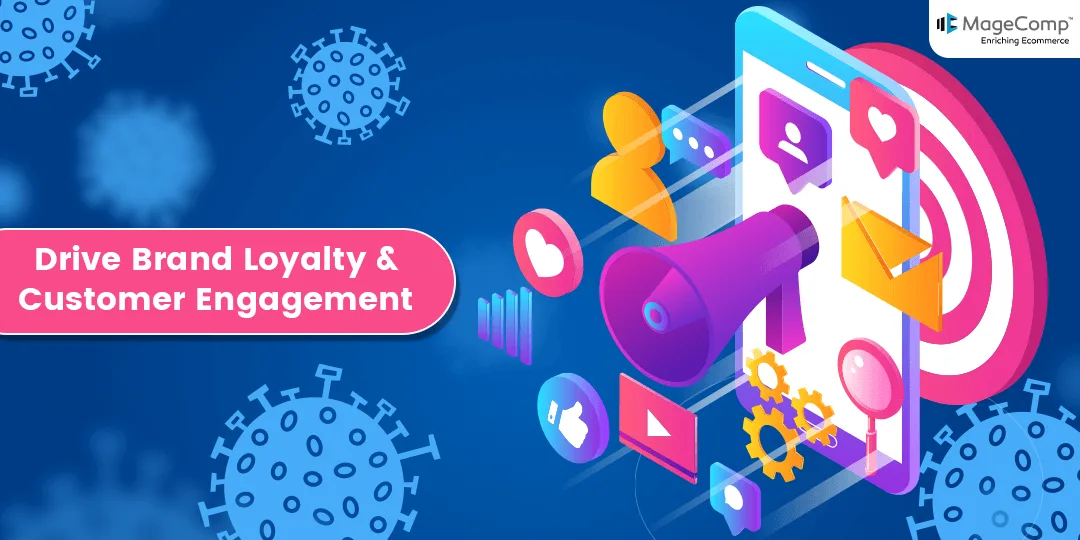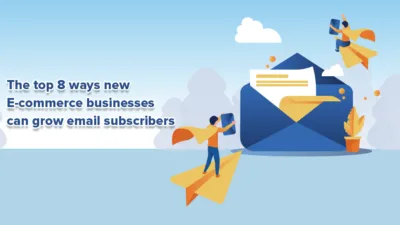
Image Source: pixabay
“We’ve witnessed stunning shifts in customer interaction volume, types, and transactions. As customers navigate these uncertain times, demonstrating empathy through digital channels has become the new standard of engagement.” — DAWN ANDERSON, Senior Managing Director, Global Lead – Customer, Sales & Service, Accenture
A lot has been spoken about how Covid-19 is affecting businesses across the spectrum owing to global lockdowns and the strict social distancing measures in place. With customers adopting the ‘stay-at-home’ way of life, companies – both big and small – need to turn their gaze at a new way of conducting business, which includes all-things virtual.
Research suggests that customers are accelerating the adoption of digital channels:
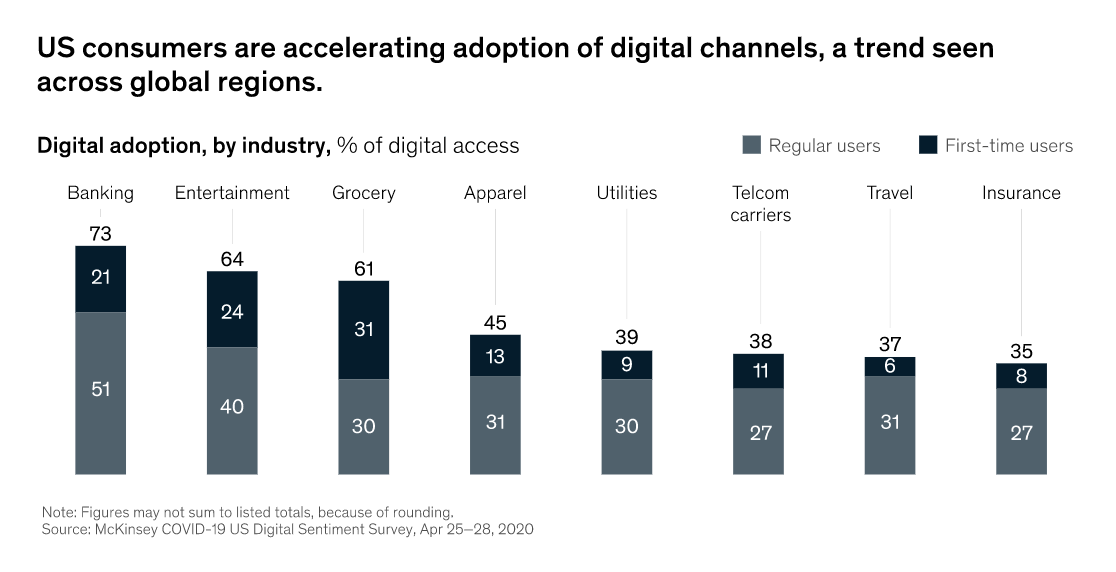
Image Source: mckinsey
In this blog, we will look at why going omnichannel and going digital can help companies connect better with customers and stay afloat even in the post COVID era.
Top-5 Strategies for a Killer Omnichannel Digital Marketing:
1. Customer Support Tools will be the Central Focus
With no end in sight, the pandemic is continually transforming the way people live, shop, and interact with brands. In the last few months alone, consumer and business-digital adoption have “vaulted five years forward” according to data by McKinsey.
An important area of focus has been the use of customer support tools such as live chat, knowledge base and AI-powered chatbots that have boosted customer engagement during the pandemic. This is hardly surprising as digital tools offer real-time support to customers instantly and effectively. Take a look at Air Asia’s chatbot, which offers a list of predefined services to allow customers to access useful information at the click of a button:

Image Source: airasia
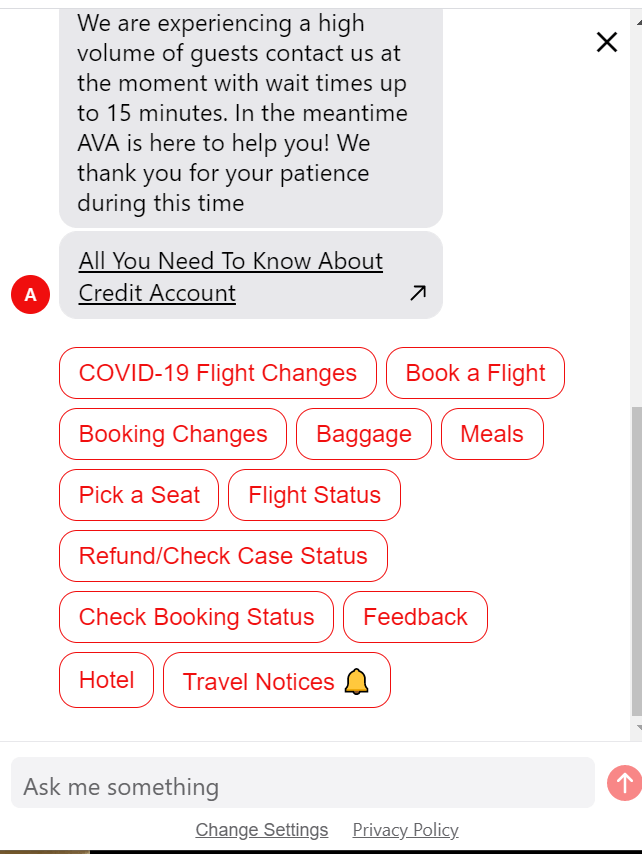
Image Source: airasia
With customer service teams highly understaffed or extremely overwhelmed, using digital CX tools such as the live chat software seems like the logical way forward. As you can imagine, these handy virtual tools help take off some of the repetitive workloads and free up your human agents who can focus on problem-solving and tend to customers who are frustrated/annoyed.
2. Contact-less Digital Channels will Reign Supreme
From a customer’s point of view, the convenience and cost-effectiveness of online shopping cannot be ignored. Chances are, that even after the dust settles down, customers will want to continue purchasing online (out of force of habit or otherwise). Data by McKinsey echoes our sentiment:
“75 percent of people using digital channels for the first time indicate that they will continue to use them when things return to “normal.”
Now let’s understand what we mean by ‘contactless’ digital communication. Take the example of Urban Ladder’s “Schedule a Call” option on their website:
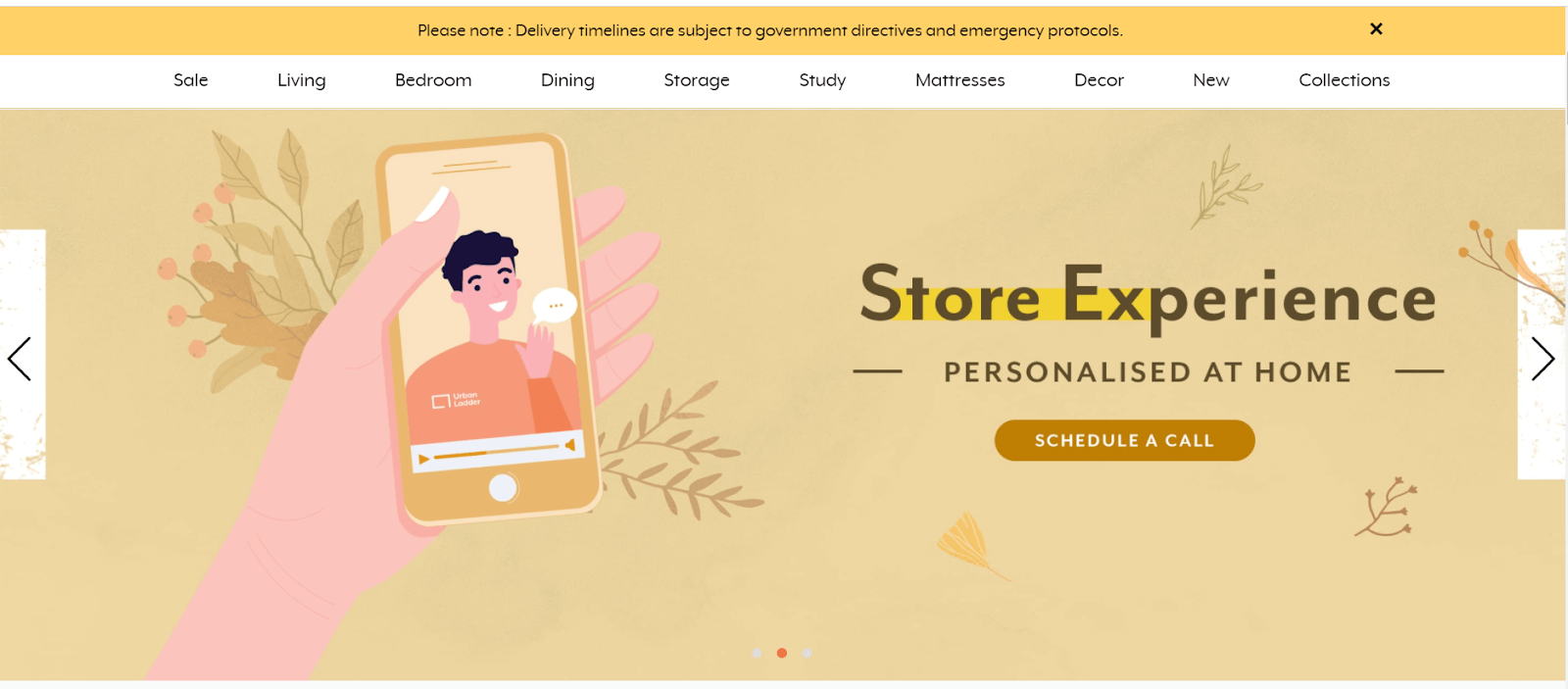
Image Source: urbanladder
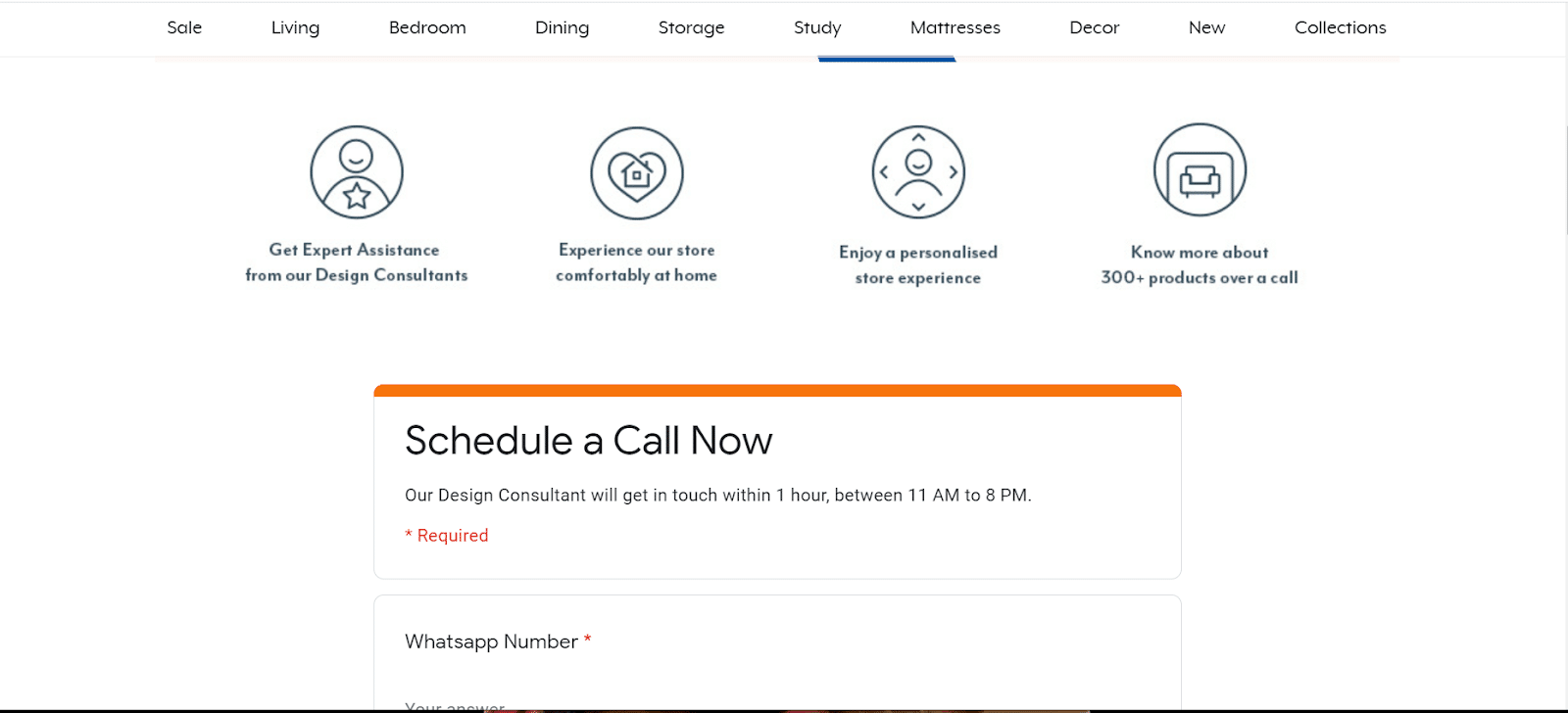
Image Source: urbanladder
The website focuses on driving more personalized customer experiences by adopting the contact-less ‘omnichannel execution.’ Customers can connect with customers via a video call and enjoy a tailor-made in-store experience from the ‘comfort of their homes.’ The idea is to branch out using diverse online platforms (think: social media, mobile, online search, email, etc.) to skyrocket customer engagement and enhance their overall experience with the brand.
3. All Hail Social Media Platforms
Positive branding and responsible communication are the need of the hour – be it during the pandemic or in the post COVID era and top branding agencies here know that very well. Ingeniously enough, brands are taking on to social media platforms (think: Twitter, Facebook, Instagram, etc.) to drive brand loyalty and interact with customers in their preferred platform of choice.
Let’s look at some real-life examples to understand this better:
- National Geographic aims at keeping customers informed and aware of the latest COVID developments in addition to providing the necessary brand-related resources that can guide customers better:
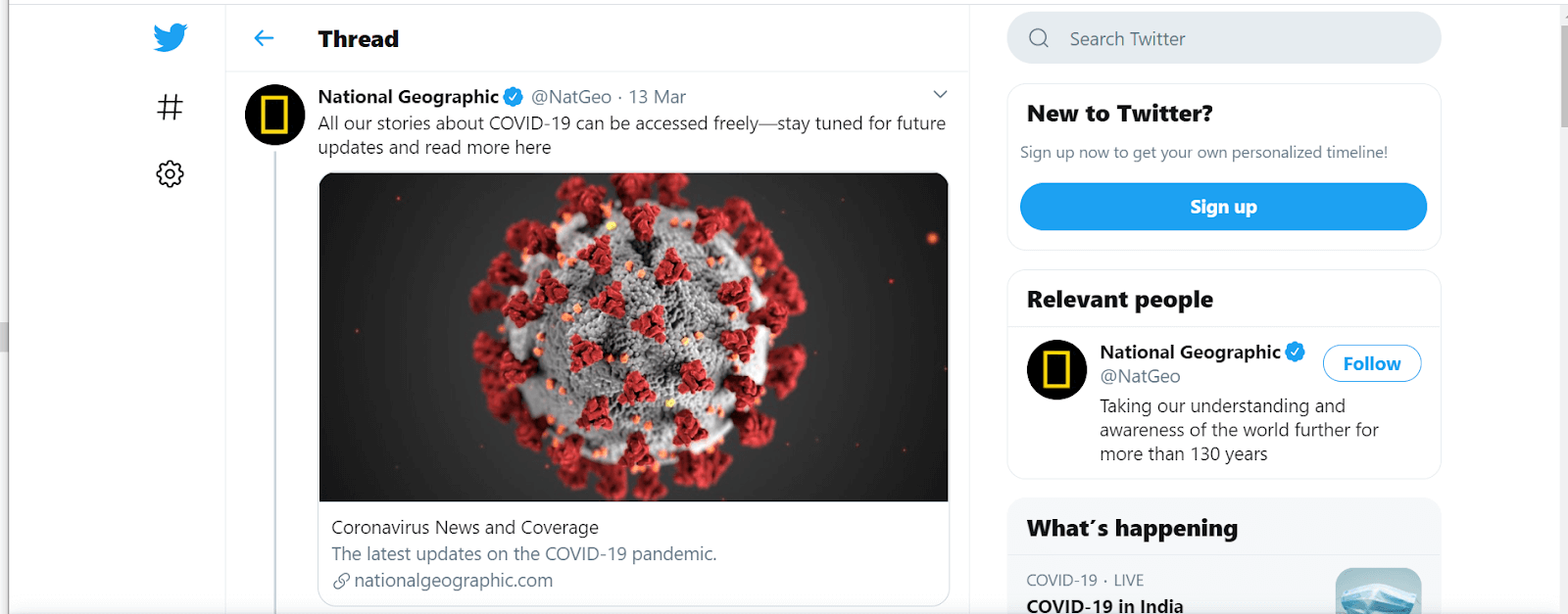
Image Source: twitter
- You don’t always have to talk shop with your customers. Socially-sensitive brands are revered and applauded by customers (obviously so). That said, care should be taken to ensure that your brand communication does not seem over-the-top or inauthentic. Guinness sets an excellent example of a brand that reinforces positive messaging and educates customers on how the brand is doing ‘its part’ and contributing efforts towards COVID relief:

Image Source: socialmediatoday
- The brand Chipotle takes a more informal and casual approach to tackle the serious issue of social isolation. This brilliant effort aims to drive user engagement by literally asking users to join in on their ongoing dialogue via a video conferencing tool such as Zoom:
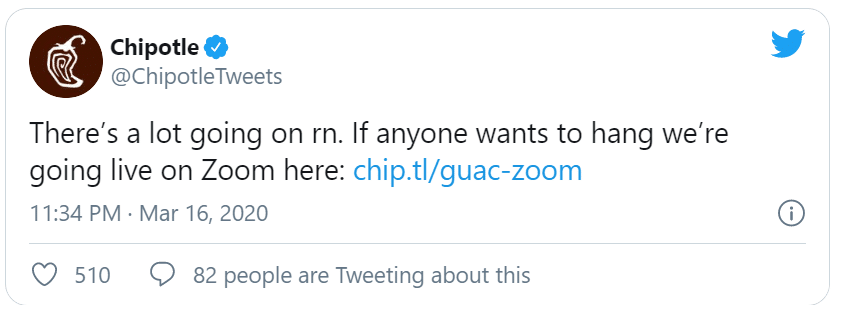
Image Source: socialmediatoday
4. Live Streams & Creative Gamifying Communication have Come Alive
There’s no doubt that brands aren’t shying away from going bold and more creative in their customer communication. For instance, OYO has revamped its ‘Gaming Zone’ to offer respite to people in self-quarantining/isolation and, of course, drive engagement:

Image Source: moengage
Additionally, the brand also sends out regular updates via a newsletter to keep the users informed and educated:
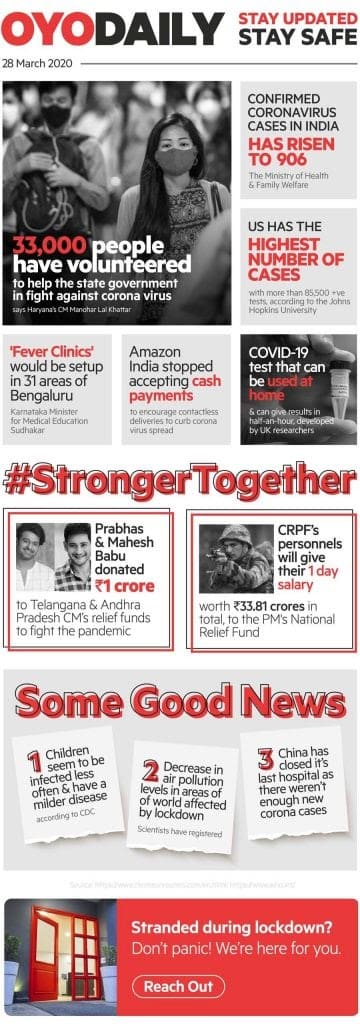
Image Source: moengage
Notice the use of warm and friendly content that helps customers relate better with the brand and reinforces brand loyalty.
Here’s another example to take inspiration from – Molbak’s Garden + Home offers live gardening tutorials to users on Facebook. Such is the success of the campaign that it ended up being viewed by around 17K viewers over 9 sessions:

Image Source: impactbnd
5. Collecting User Feedback via Different Channels & Platforms is Here to Stay
Like customers, the businesses too are struggling with how best they can make use of their existing product/service or make iterations to better suit the customer’s needs. Plus, driving relevant and useful content also seems to the uncharted territory, given the diverse challenges people are facing across the globe. Reebok takes a more direct approach and asks customers themselves on how they can offer ‘customized workouts’ and improve their customer experience:
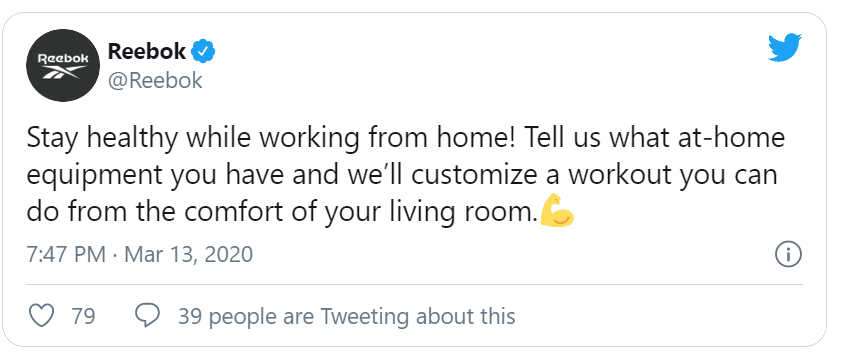
Image Source: socialmediatoday
Gathering insightful data using simple and short surveys and asking questions to customers can pay off big time. All you need to do is ask.
Final Thoughts: Businesses to Embrace a ‘Digital-First’ Mindset
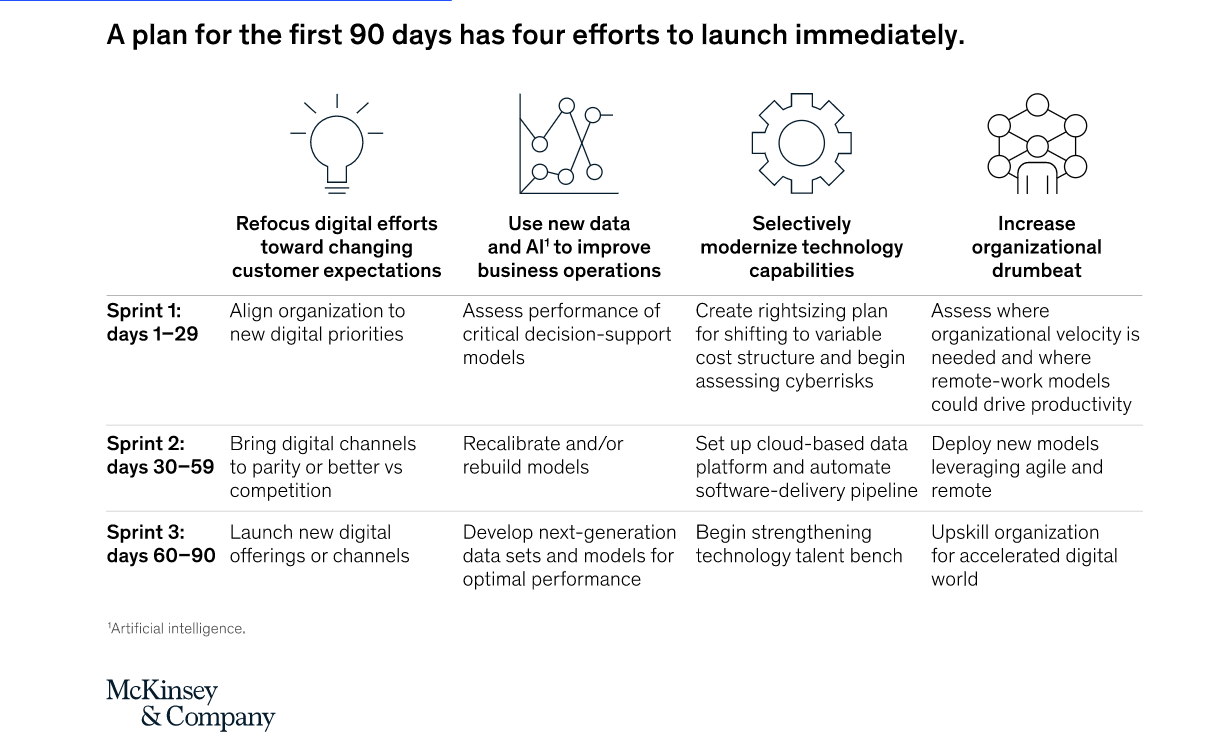
Image Source: mckinsey
The beauty with digital marketing is that there is no standard, templatized rule book for brands to follow. Each brand has a different story to tell – only the mediums and platforms may change from time-to-time.
To that end, brands need to redirect their efforts towards opening online gateways of real-time communication so that customers can reach them faster and shop with greater convenience. Long story short, in today’s unpredictable business environment, building a foolproof digital marketing strategy offers some semblance of stability and productivity (as we saw above). What do you think?


